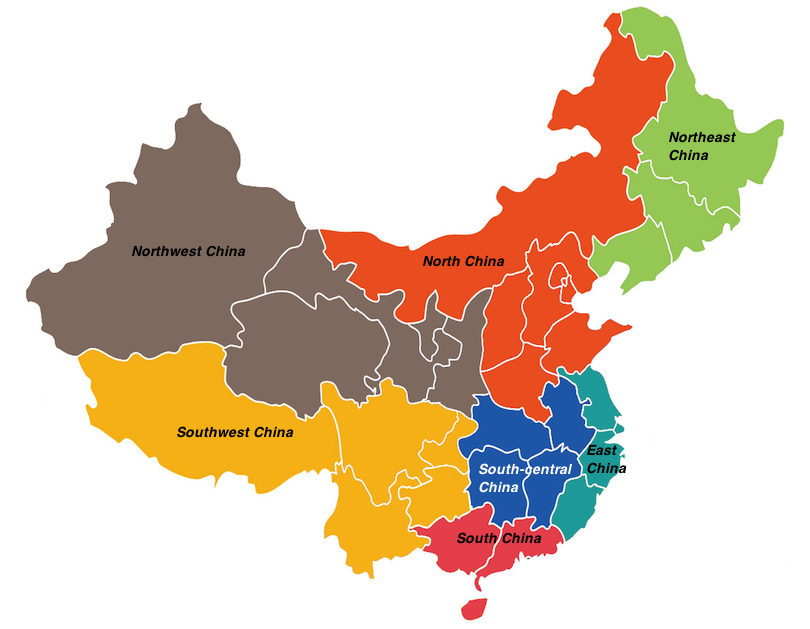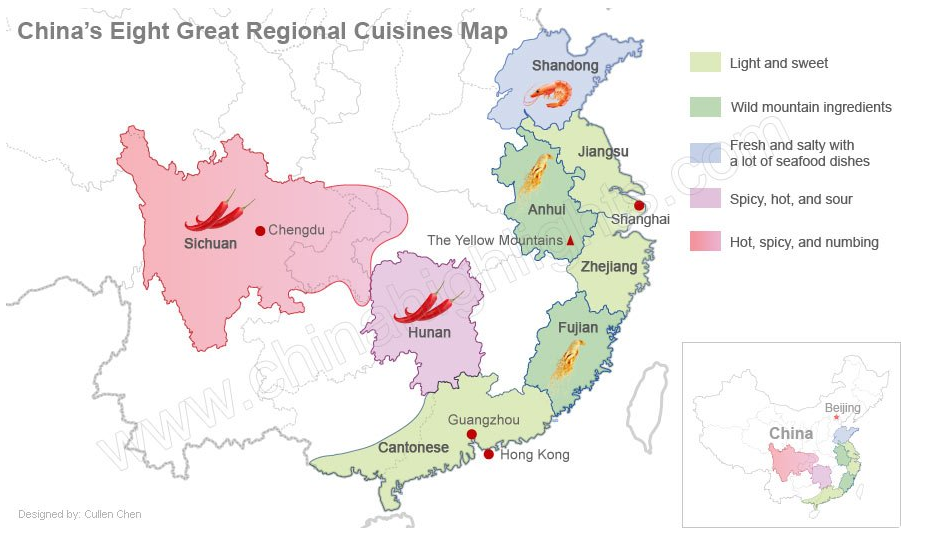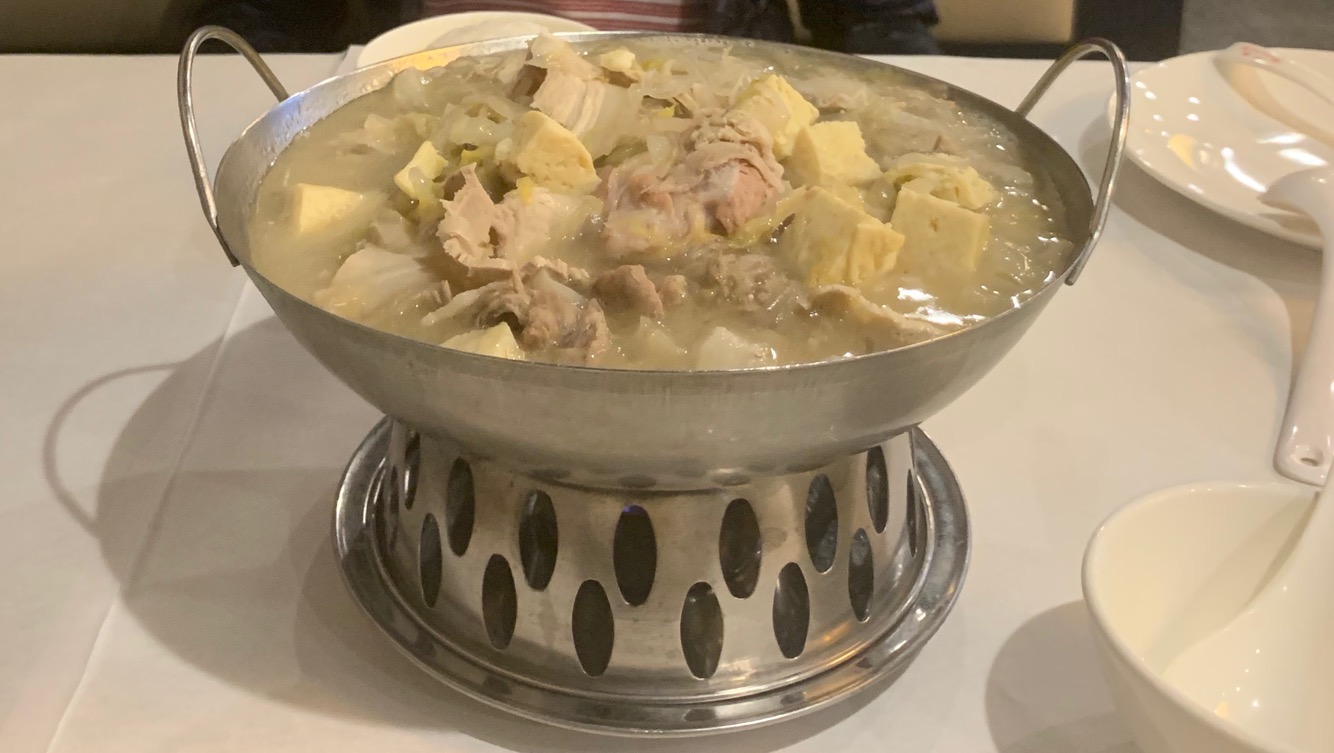I grew up in Dongying City, Shandong Province. Dongying is a coastal city in the northeastern part of China. It has the same latitude as New York City, and it is only 450 miles away from Seoul in South Korea.
China is vast and expansive. Technically, Shandong Province does not belong to Northeast China (called “Dongbei” in Chinese). According to Wikipedia, Northeast China is a geographical region that usually corresponds specifically to the three provinces east of the Greater Khingan Range, namely Liaoning, Jilin, and Heilongjiang. Think New Hampshire, Vermont and Maine.

Unbeknownst to many people, the food in Northeast China is very similar to Shandong cuisine. Why? Because a large number of people who now live in Northeastern China are second or third-generation migrants from Shandong.
This mass migration started in the late Qing Dynasty, and lasted until the Second World War when the Japanese occupied much of Northeastern China. From 1830 to 1930, opportunity-seeking peasants from Shandong started to arrive at Northeastern China, a region with large areas of uncultivated land. With the arrival of people, so comes their culture, language, and food.

If you ask Chinese people what they eat at home, you are likely to receive very different answers. After all, in a country with a 1.4 billion population, no single cuisine could dominate. There are numerous cuisines in China, but “The Modern Eight Cuisines” are the most well-known. Those eight cuisines are developed in different geographical regions, each having its preferred local ingredients, flavors and signature dishes.
In the United States, the most popular cuisine is probably Sichuan cuisine. From Mapo tofu to Fresh chicken with peppercorn oil, the spicy and numbing flavor is irresistible. Unknown to many Americans, Shandong cuisine is also one of eight cuisines. It is arguably the oldest cuisine in China. Since Shandong is near the sea, fish and shrimp are popular ingredients. Xian (Chinese word that means umami) is a characteristic flavor.

Auntie Guan's Kitchen (Chinese 辽宁饭店) is a restaurant located on 14th Street in Manhattan. I went there with Phyo in the spring of 2021. New York City was yet to ease Covid-19 restrictions, and we were the only customers dining in at that time. The staff were still busy going in and out of the kitchen -- probably because there was a good number of take-out orders.
The restaurant serves authentic, homemade-style Northeastern Chinese cuisine (and by extension, Shandong cuisine). This was not obvious when I first opened the menu. First I saw some “American Chinese foods” -- dishes that are more popular in the U.S. than they are in China, such as General Tso’s Chicken and Beef & Broccoli.
I flipped one page, and saw some Sichuan dishes. As mentioned earlier, Sichuan cuisine is so popular that most chefs need to master several Sichuan signature dishes, in order to serve customers who crave for spicy food.
I flipped a few more pages, and finally saw those we wanted, the dishes that my grandma cooks in Shandong. We ordered three courses: 白菜猪肉炖粉条 (cabbage pork belly stew with bean noodles), 干锅茶树菇 (tea tree mushroom dry pot),and 韭菜盒子 (Chinese chives pocket).
The cabbage and pork stew came in a metal pan with a candle lit underneath it, which kept the stew warm as we were eating (see image below). The slight tartness of the pickled cabbage balances out the heaviness of the pork belly, while the slippery mung bean noodles makes you want to keep slurping the dish. It does get quite heavy towards the end, so I would recommend that you share this dish between two or more people. The tea tree mushroom dry pot was slightly sweet with lots of umami, and a great source of fiber. The chives pocket dumpling was very substantial and you could actually eat this in place of rice, if you are not too hungry.

So how was the food? The flavor is authentic. The portion is generous. We went hungry and left very full. We also had to pack one piece (a quarter) of the Chinese chives pocket.
I asked the waiter how pandemic affected the business. "It is still hurting us," he said. "We can barely break even. Most students are not coming to campus… Hopefully when schools reopen this fall, there will be more customers."
Food reflects culture, and culture reflects people. Shandong cuisine is unostentatious -- it may not be as colorful as some other cuisines look like. Most of the preparation and the cooking is applied to the food itself -- and you do not know how good it tastes until you actually taste it.